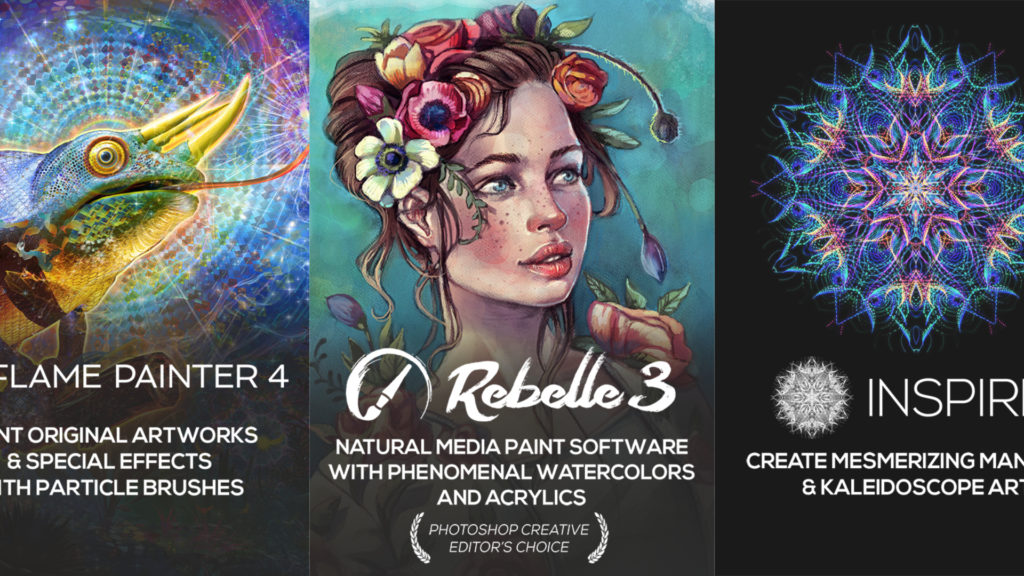

#define CAP_THRESHOLD 50 //Change capacitive touch sensitivitiy here

#define NUM_LEDS 80 // how many LEDs in each strip #define STRIP1_DATA_PIN 9 // define data pins for all 3 LED strips #include // add FastLED library AFTER Circuit Playground library to avoid issues
FLAME PAINTER BUNDLE HOW TO
It's a good idea to think about how to get power to the painting's location without having to run ugly wires along your wall.Ĭopy Code // SPDX-FileCopyrightText: 2018 Erin St Blaine for Adafruit Industries Look in the scrapbooking section or the jewelry section at your local craft store if you don't have anything like this.Īlso, remember that this painting will need to be plugged in. You could also use artfully cut copper tape, a coin, or any other non-coated metal finding. I got this at a jewelry store, and it's just right for the purpose - the sewable hole allows me to solder a wire firmly to the back of the button, and it's small enough and low-profile enough that it adds to the overall look of the artwork. I used a small metal rosette with a sewable loop on the back for my capacitive touch on/off switch. You'll have best success if you match the paint colors to the neopixel colors - they do get filtered through the paint color. The dark acrylic paint blocks the light and the lighter areas let the light through. I created a painting that has both light and dark areas. I'm using super high density 144/m neopixels because they give me a gorgeous, buttery smooth animation.

The thickness of the canvas creates space behind the painting that allows the light from the LEDs to diffuse beautifully. I used a canvas from a local craft store that's around 1 1/4 inch thick on the sides, and painted with regular acrylic paint.


 0 kommentar(er)
0 kommentar(er)
